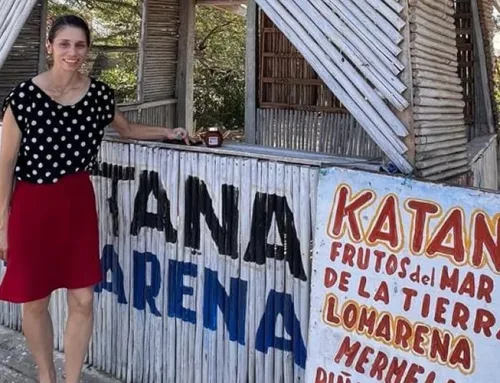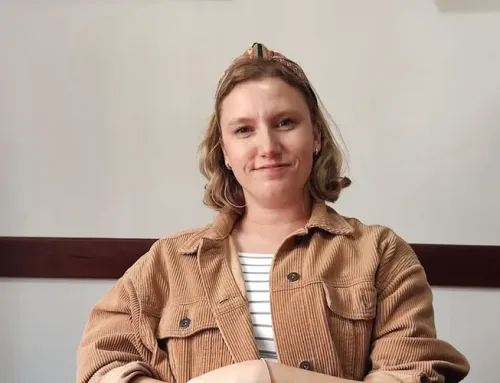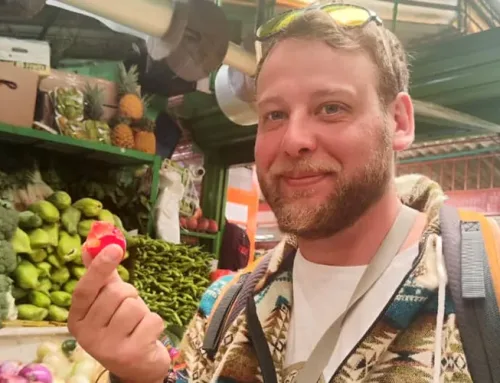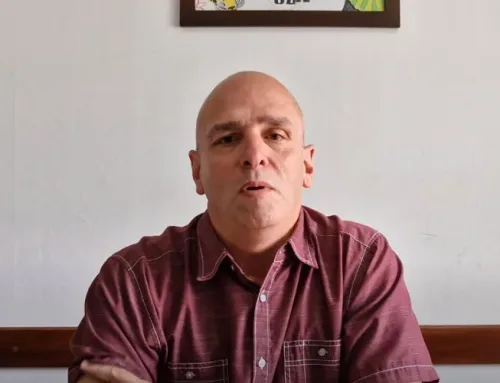The word “chévere” is a Colombian expression that has taken deep root in the country's everyday language. Although its origin is not completely clear, it is believed that it comes from lunfardo, a slang used by bohemian and marginal circles in Buenos Aires, Argentina, at the end of the 19th century. The word “che” in Lunfardo was used as a friendly or camaraderie term, transforming over time into “chévere” upon arriving in Colombia.
Over the years, the meaning of “cool” has evolved and adapted in Colombian culture. In its most basic form, the word denotes something positive, pleasant or good. It can be used to describe a situation, person, place, or anything perceived in a favorable light. It has become one of the most common and versatile expressions in Colombian speech, being frequent in informal conversations between friends, family and co-workers. For example, someone might say, “That party was really cool” to express that the celebration was fun and enjoyable. Likewise, it can be applied to a person, as in the statement “He is a cool boy,” indicating that the person is friendly and nice.
Furthermore, “cool” has transcended its purely descriptive function and is also used as an expression of agreement or conformity. For example, someone might say “Cool!” in response to a proposal or invitation, indicating that they agree or that it seems good to them. Its use not only reflects the linguistic richness of Colombia, but also the positive and friendly attitude that characterizes many people in the country. The word has become a distinctive element of Colombian culture and is appreciated by locals and visitors alike.
It is important to note that colloquial expressions, including “chimba”, may have regional nuances and variations. In different areas of Colombia, the word could have slightly different uses or even other equivalent local expressions. Let's look at some examples:
In its most common use, “chimba” is used to describe something positive or excellent, very similar to the use of “chévere.” For example, if someone has an exciting experience or enjoys something particularly good, she might express her satisfaction by saying, “What a great party!” or “That concert was very cool!” The word is also used to denote high quality or something that is above average. If we talk about a product, a place or an experience that stands out for its excellence, it can be described as “chimba”. For example, a restaurant with exceptional food could be described as “a great place to eat.”
Use of “ch” in Spanish:
In Spanish, the letter combination “ch” represents the “ch” sound in words like “chévere” and “chimba.” This digraph is used to convey the voiceless postalveolar fricative phoneme /ʧ/. It is important to keep in mind that the “ch” is not always pronounced the same in all Spanish dialects, but it is generally used in words of foreign origin or in those that have retained their original spelling. This combination of letters adds a distinctive touch to Spanish, highlighting the phonetic diversity that characterizes this language.
As language evolves, words and colloquial expressions such as “chimba” become increasingly integrated into everyday speech. What began as a regional term has transcended borders and has become an integral part of the informal vocabulary of Colombians. “Chimba” is a word that encapsulates the richness and diversity of the Colombian language. Its evolution over time and its ability to adapt to different contexts make it a unique and versatile expression. Thus, this colorful word continues to be a vibrant part of Colombia's rich linguistic tapestry.
the spanish school Nueva Lengua It is located in Bogotá, Cartagena, Medellín and Ibagué. Check the activities and plans Tourist What we have for you, or write to us on any of our social networks (@nuevalengua) for more information about our Spanish courses and cultural immersion in Colombia.
All the articles in this blog have been written by the teachers of our school and by students from different countries who traveled to Colombia to learn Spanish.
“You travel too and study Spanish in NUEVA LENGUA"
Follow us on our social networks:
RELATED VIDEOS
MEDELLÍN - GUADUAS





